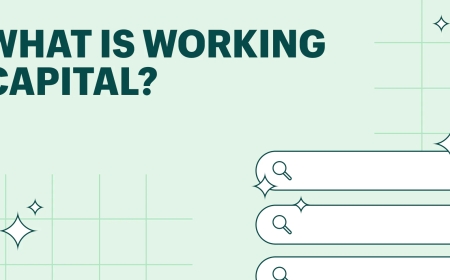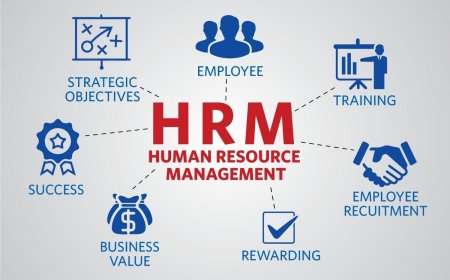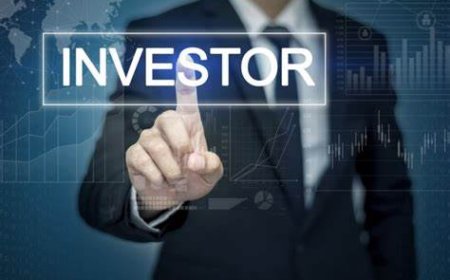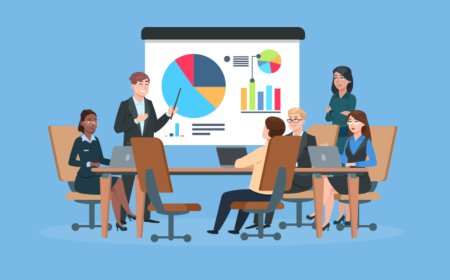Introduction to balance sheet for kids & adults
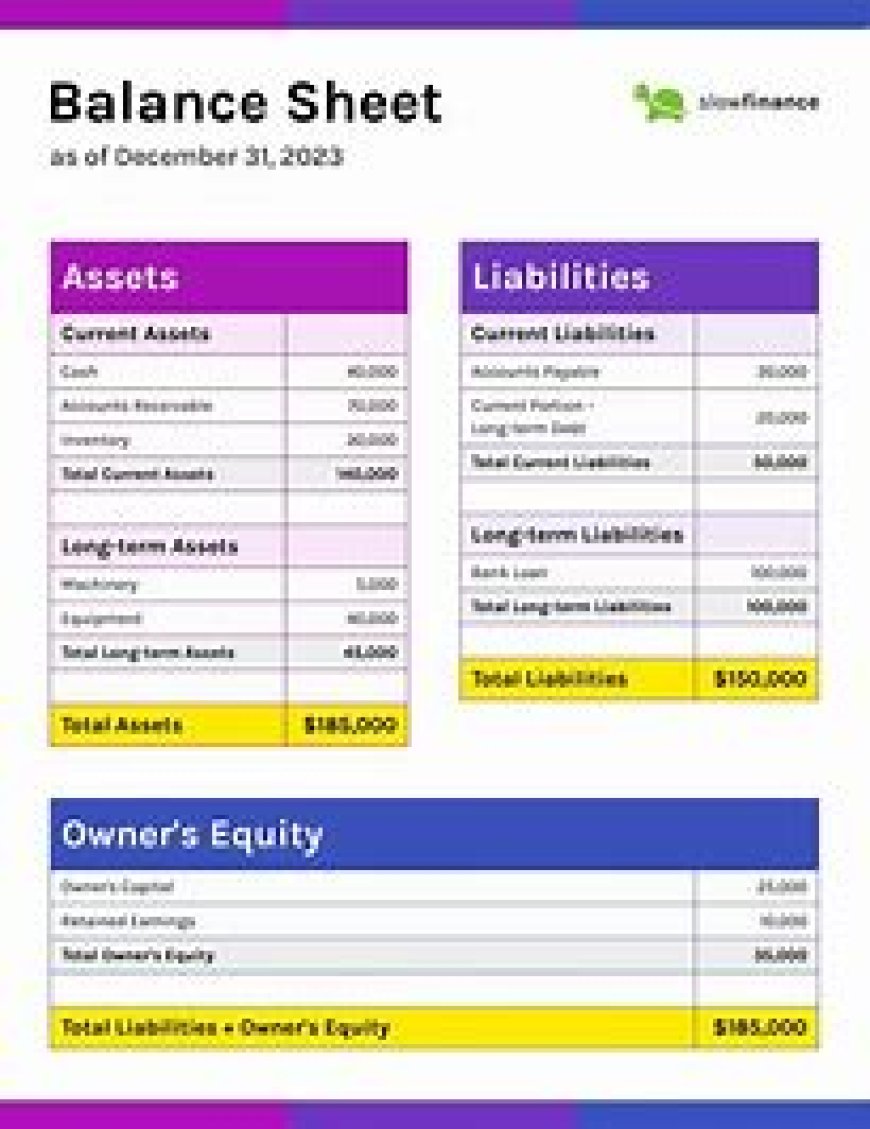
INTRODUCTION:
A balance sheet is a financial statement that provides a snapshot of a company's financial position at a specific point in time. It shows what a company owns (assets), what it owes (liabilities), and the remaining value for shareholders (owner's equity)
Assets: These are things you own or have that hold value. It's like the money and other valuable items in your piggy bank.
Current Assets: These are things you can easily convert into money within a year. For example, the money in your wallet, the piggy bank itself, or even the chocolates you have that you can sell.
Non-Current Assets: These are things that have a long-term value and won't be used up quickly. For instance, if you have a bicycle or a tablet, those could be considered non-current assets.
Liabilities: These are things you owe or have to pay back. It's like the IOUs or promises to return borrowed items.
Current Liabilities: These are the debts or obligations you have to pay within a year. For example, if you borrowed money from a friend and promised to pay it back soon, that would be a current liability.
Non-Current Liabilities: These are the debts or obligations that you have, but they don't have to be paid off within a year. It could be something like a long-term loan that you need to pay back over time.
Owner's Equity: This represents the value that is left for you, like the money you have in your piggy bank after considering what you owe and what you own.
Share Capital: If you received money from your parents or others and put it into your piggy bank, that would be like your share capital.
Retained Earnings: This represents the profits or money you saved from your allowances or gifts that you kept adding to your piggy bank.
Reserves and Surplus: These are extra savings or money that you set aside for special purposes. It's like having a separate jar within your piggy bank for specific savings goals.
The balance sheet follows the formula: Assets = Liabilities + Owner's Equity. This equation ensures that the company's resources (assets) are financed by either borrowing (liabilities) or the owners' investment (owner's equity).
The balance sheet is a way to show a clear picture of your financial situation at a specific point in time. It helps you understand how much you own, how much you owe, and what's left for you. Similarly, companies in India also prepare balance sheets to summarize their financial position, assets, liabilities, and owner's equity.
By looking at the balance sheet, you can get a sense of how well you are managing your money and how financially stable you are. It's an important document for individuals and businesses to keep track of their finances and make informed decisions about spending, saving, and investments.
Examples for Kids:
Savings Piggy Bank:
Imagine you have a piggy bank where you save your money. Your piggy bank is like your own mini balance sheet. The money inside represents your assets, and it shows how much you have saved. If you borrowed some money from a friend and still owe it, that would be your liability. The remaining money in your piggy bank is your owner's equity, which is the value left for you.
Toys and Books:
Consider a collection of toys and books that you own. These can be counted as your assets. If you borrowed a toy or a book from a friend, that would be your liability because you need to return it. The toys and books that belong to you and are not borrowed are part of your owner's equity.
Pocket Money:
When you receive pocket money from your parents or guardians, that money becomes your asset. It's like the cash you have in your wallet or your piggy bank. If you owe your friend some money or promised to buy something for them, that would be your liability. The remaining pocket money that you haven't spent is your owner's equity.
School Bag:
Your school bag is an asset because it carries valuable items like books, stationery, and your lunchbox. If you borrowed something from a classmate, like borrowing a pencil, that would be your liability because you need to return it. The things that belong to you, like your notebooks or water bottle, are part of your owner's equity.
Gifts:
Imagine you received gifts on your birthday or during festivals. Those gifts, such as money or toys, are assets because they hold value. If you promised to share a portion of your gifts with a friend or sibling, that would be your liability. The gifts that are exclusively for you and you can keep are part of your owner's equity.
Examples for Layman Adults:
Home:
Your home is a valuable asset. It represents the property that you own. If you have a mortgage or home loan, that would be your liability because you need to repay it. The value of the home that you own (your equity) is calculated by subtracting the mortgage or loan amount from the total value of your home.
Vehicle:
If you own a car or a bike, that's an asset. It represents the value of the vehicle. If you have taken a loan to purchase the vehicle, the loan amount would be your liability. The value of the vehicle minus the loan amount is your owner's equity.
Jewellery:
Jewellery such as gold or precious stones can be considered assets. They represent the value of the jewellery you own. If you have any loans or debts related to the jewellery, those would be your liabilities. The value of the jewellery minus the loan amount is your owner's equity.
A balance sheet in the Indian context is like a financial snapshot of a company. It shows what the company owns (assets) and what it owes (liabilities). Assets can include things like cash, buildings, and inventory, while liabilities can be bank loans or taxes payable. The difference between the assets and liabilities is the company's net worth or equity. By looking at the balance sheet, people can understand how financially healthy the company is, whether it can meet its obligations, and make informed decisions about investing or doing business with that company.
What's Your Reaction?
 Like
0
Like
0
 Dislike
0
Dislike
0
 Love
0
Love
0
 Funny
0
Funny
0
 Angry
0
Angry
0
 Sad
0
Sad
0
 Wow
0
Wow
0



























































